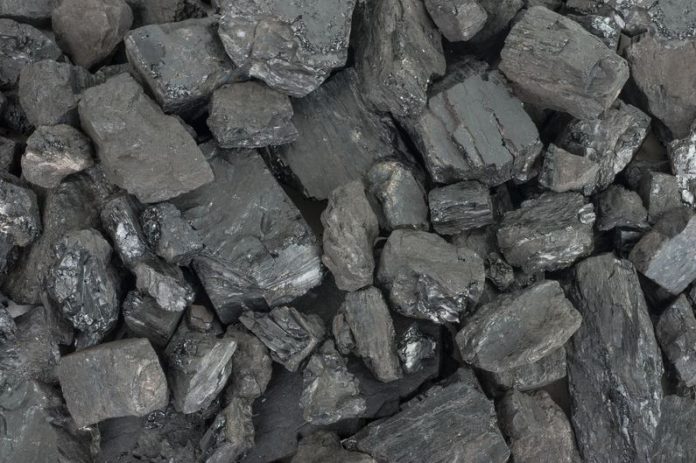Coal is a widely available and relatively cheap source of fuel that gives more heat for the money than many other types, so you may want to consider installing a coal-burning stove. These are attractive units similar to wood-burning stoves; however, you cant now use the two fuels interchangeably due to EPA standards forcing manufacturers to tune their stoves to either one or the other fuel.
They work on natural draught so don’t need any electricity to help them with combustion, making them a good choice if you have many hydro problems.
When choosing your coal stove, be sure it has a large ash pan because coal produces a lot of ash. Anthracite coal is the normal type of coal used in these stoves, but coal fires are harder to start than wood fires, so here are a few tips.
Use paper and dry kindling to start the fire, keep the draft control fully open until a hot fire is established. Add small pieces of hardwood until you have a hotbed of red coals, then start adding small pieces of coal.
Keep adding coal until you have a bed of about 2 inches thick, but make sure each addition is well alight before adding the next lot.
It is important to fill the stove up with a deep bed of burning coal. You can then regulate the heat by setting the air control. Only when all the coal is burning with a blue flame then you can turn the draft control down.
Make sure the ash pan door is closed at all times and remember not to leave your draft control open for extended periods of time or you may damage your stove.
If you hate the mess of paper and kindling, you may be able to access Matchlight charcoal which simplifies the job. A layer of this base partly covered with coal usually does the trick.
To make sure your chimney is actually drafting upward, push a piece of paper as far up the chimney as you can reach and set it alight. When it gets sucked up the chimney, then light your fire.
If you’ve been used to a wood fire, you may feel the urge to poke at your coal fire too, but this is not the thing to do with a coal fire; it will be sure to go out. Coal fires must be left alone to burn.
Shake or rake only when the stove is hot, and then only until you see a few red embers falling into the ash pan. Too much will cause the fire to go out.
Always keep your ash pan emptied and inspect the replaceable parts of your stove regularly. Coal smoke contains sulfur, which causes erosion and rust. Poke at the internal parts gently with a pocketknife to see if they have rusted over the summer.
Before starting your coal fire, the outside temperature must be below 55 on a regular basis, otherwise, there will not be enough draft.
The door of the coal stove should be opened slowly to allow oxygen to enter and burn up any combustible gas that is present; otherwise, there could be mini-explosions.
If you have trouble with your coal not burning very hot and leaving heaps of ash it could be a sign of inferior coal. Try a bag of coal from each place before purchasing it in any significant quantity.

